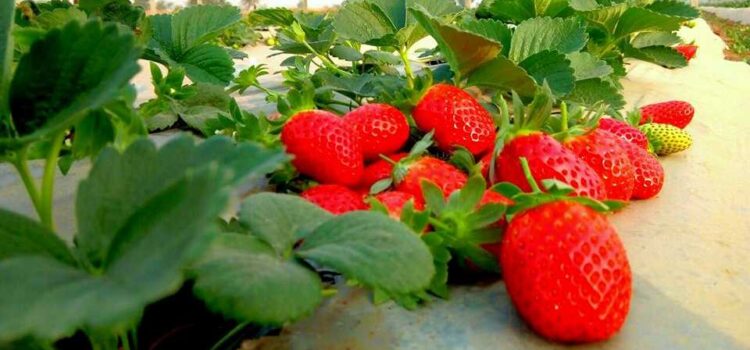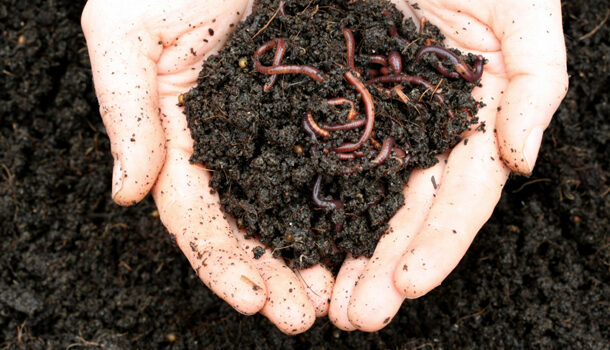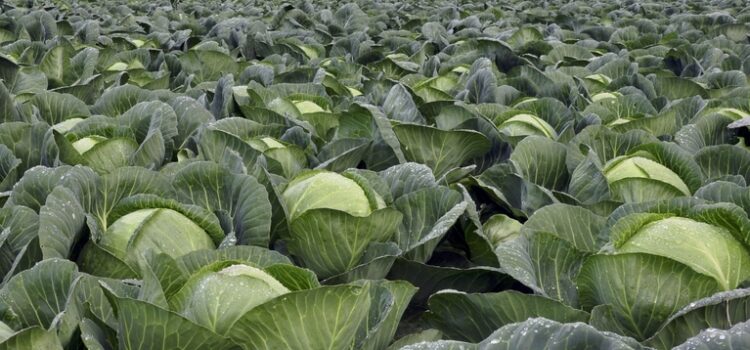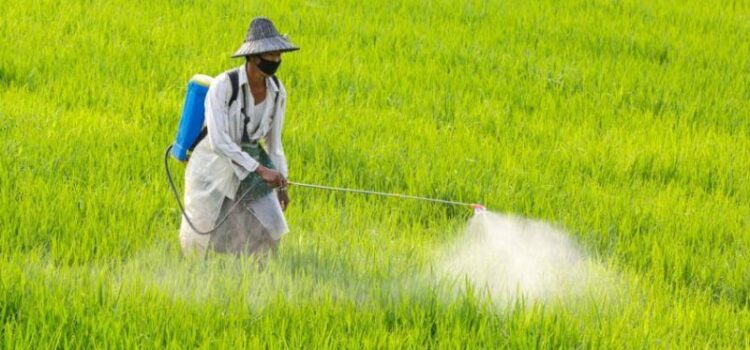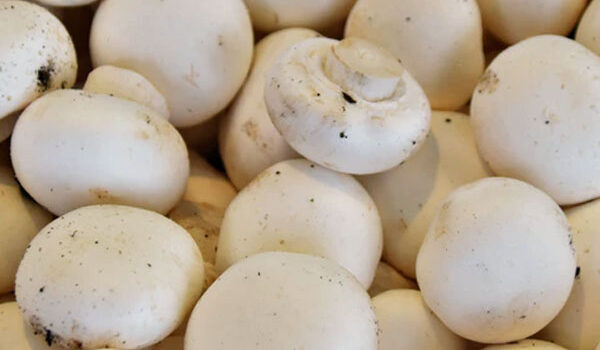Vermicompost is a type of compost that is produced through the process of vermicomposting. Vermicomposting is the practice of using earthworms to break down organic waste materials, such as kitchen scraps, yard waste, and agricultural residues, into a nutrient-rich soil amendment.
What is the Vermicompost, how to Prepare and its Soil Health Benefits for Rise the Grain Yield
The process involves creating a controlled environment, typically using a composting bin or worm bin, where the earthworms are introduced along with the organic waste. The earthworms consume the organic material and break it down through digestion. As they pass the material through their bodies, it undergoes a transformation and is enriched with beneficial microorganisms and nutrients.
The resulting vermicompost, also known as worm castings or worm humus, is a dark, crumbly substance that is highly valuable as a soil conditioner and fertilizer. It is rich in essential nutrients like nitrogen, phosphorus, and potassium, as well as beneficial bacteria and other microorganisms that contribute to soil health.
Vermicompost can be used in various gardening and agricultural applications. It improves soil structure, enhances moisture retention, increases nutrient availability, and promotes healthy plant growth. It is often mixed into potting mixes, added to garden beds, or used as a top dressing around plants. Vermicomposting is considered an environmentally friendly practice as it helps divert organic waste from landfills, reduces greenhouse gas emissions, and provides a sustainable source of nutrient-rich compost.
To make vermicompost, follow these steps:
- Choose a suitable container:
Select a container for your vermicomposting system. It can be a compost bin, wooden crate, or even a large plastic container with drainage holes at the bottom. Ensure that the container is well-ventilated.
2. Create bedding material:
Prepare bedding material for the worms. Shredded newspaper, cardboard, coconut coir, or a mixture of these materials work well. Moisten the bedding material until it becomes damp, but not soggy.
3. Add organic waste:
Start by adding a layer of organic waste on top of the bedding. This can include fruit and vegetable scraps, coffee grounds, tea bags, crushed eggshells, and other non-animal food waste. Avoid adding meat, dairy products, oily foods, and pet waste as they can attract pests or cause odor issues.
4. Introduce the worms:
Purchase composting worms, such as red worms (Eisenia fetida) or red wigglers, from a reputable source. Place the worms on top of the organic waste layer. Start with a small number of worms, and as they multiply, you can add more.
5. Maintain the system:
Cover the container with a breathable lid or a layer of damp burlap to create a dark and moist environment. Keep the vermicomposting system in a cool, shaded area, as worms prefer temperatures between 55-77°F (13-25°C). Ensure that the bedding remains moist but not waterlogged. If it becomes too dry, mist it with water.
6. Feed the worms:
Regularly add organic waste to the bin, burying it under the bedding. You can create shallow depressions in the bedding and add the waste there. Avoid overfeeding the worms; they typically consume half their weight in food per day.
7. Maintain a balance:
To maintain a healthy vermicomposting system, aim for a balanced ratio of organic waste and bedding. If the bin becomes too acidic or starts to smell, add more bedding material such as shredded paper or crushed eggshells.
8. Harvest the vermicompost:
After several months, the bedding and organic waste will transform into dark, crumbly vermicompost. To harvest it, move all the contents of the bin to one side. Add fresh bedding and food to the empty side. Over time, the worms will migrate to the new side, allowing you to collect the vermicompost from the other side.
9. Use the vermicompost:
The harvested vermicompost can be used as a soil amendment or fertilizer in your garden or potted plants. Mix it into potting mixes, spread it around plants, or create a vermicompost tea by steeping it in water and using the liquid as a nutrient-rich plant fertilizer. remember to regularly maintain and monitor your vermicomposting system, adjusting the moisture and food levels as needed. With time and proper care, you’ll have a steady supply of nutrient-rich vermicompost for your plants while reducing organic waste.
Key roles and benefits of vermicompost in soil and its impact on grain yields:
Vermicompost plays a vital role in soil health and fertility. Here are some of the key roles and benefits of vermicompost in soil:
- Nutrient enrichment:
Vermicompost is rich in essential plant nutrients, including nitrogen, phosphorus, potassium, calcium, and micronutrients. When added to soil, it releases these nutrients slowly, providing a sustained supply of plant-available nutrition. This helps improve nutrient levels in the soil, ensuring healthy plant growth and development.
2. Soil structure improvement:
Vermicompost enhances soil structure by improving its texture, porosity, and water-holding capacity. The organic matter in vermicompost acts as a binding agent, helping to form stable aggregates in the soil. This promotes better root penetration, aeration, and drainage, creating an optimal environment for plant roots to access air, water, and nutrients.
3. Water retention and drainage:
The improved soil structure resulting from vermicompost application allows the soil to retain moisture more effectively. Vermicompost acts as a sponge, absorbing and holding water, which can then be slowly released to plant roots. This helps prevent waterlogging and enhances drought resistance. Additionally, vermicompost improves soil drainage, preventing excess water from causing soil erosion or root rot.
4. Microbial activity promotion:
Vermicompost is teeming with beneficial microorganisms, including bacteria, fungi, and other beneficial soil microbes. These microorganisms contribute to the soil’s microbial diversity and activity, aiding in the breakdown of organic matter and nutrient cycling. They also help suppress harmful pathogens, promoting a healthy soil ecosystem.
5. pH regulation:
Vermicompost has a neutralizing effect on soil pH, helping to regulate it towards a more neutral range. It can buffer soil acidity or alkalinity, creating a favorable pH for plant growth. This is particularly beneficial in acidic soils, as vermicompost can help raise the pH, making it more suitable for a wider range of plants.
6. Disease and pest resistance:
The presence of beneficial microorganisms and the overall improvement in soil health through vermicompost application can enhance the natural defense mechanisms of plants. Strong, healthy plants are more resistant to diseases and pests, reducing the need for chemical interventions.
7. Environmental sustainability:
Using vermicompost as a soil amendment is an environmentally sustainable practice. It helps divert organic waste from landfills, reducing greenhouse gas emissions and promoting recycling. Additionally, by improving soil health, vermicompost contributes to sustainable agriculture and promotes long-term soil fertility.
In summary, vermicompost improves soil fertility, structure, water-holding capacity, and nutrient availability. It fosters beneficial microbial activity, regulates pH, and promotes disease resistance, ultimately supporting healthy plant growth and sustainable soil management practices. it is important to note that the impact of vermicompost on grain yields may vary depending on factors such as crop type, soil conditions, climate, application rates, and management practices.
It is recommended to conduct local trials and adapt the application of vermicompost to suit specific agricultural systems and crop requirements. Consulting with agricultural experts or extension services can provide valuable guidance on the appropriate use of vermicompost for maximizing grain yields in a specific context.

